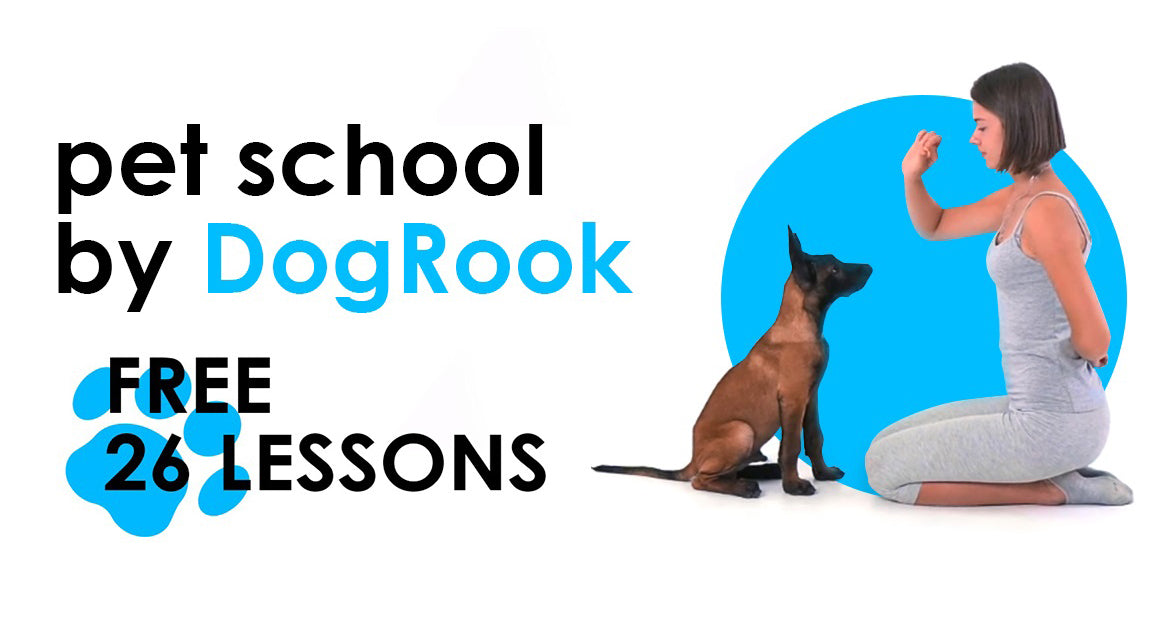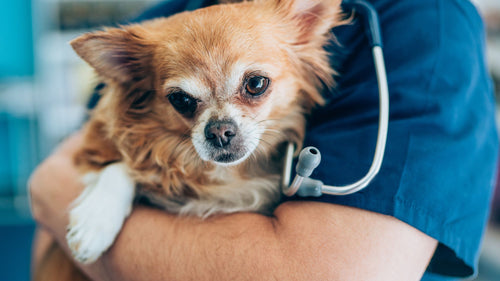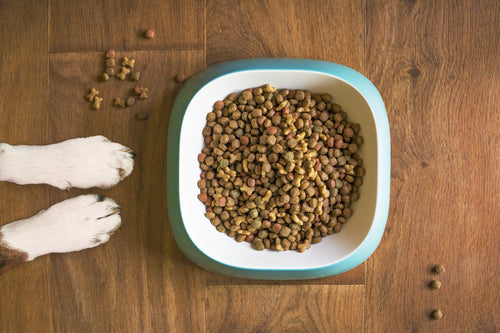First Aid to a Dog in Different Situations
,December 14, 2020
Providing Help for Dogs with Heatstroke
Symptoms of heartstroke are that: the dog is lethargic, saliva flows from the mouth, the dog cannot stand and walk normally, breathes frequently with wheezing; diarrhea and cramps may occur.It is important that all these symptoms occurred in hot weather or in an overheated space, otherwise the same symptoms from overwork or other illness.
To help the dog, you need to remove the collar, move it to a cool place, and wipe it with cold water. Compresses can be applied to the stomach, thighs, and armpits. It is not recommended to completely immerse an overheated dog in cold water because of the shocking temperature jump. Give your dog plenty of water and when he calms down and returns to normal, go to the vet. First aid to a dog with heat stroke is very important, because if not treated immediately it can cause further internal consequences. Get him to the vet as soon as possible.
Treatment for Dog Overheating

Symptoms include: pale skin, being cold to the touch, and no sensitivity.
The coat perfectly protects the dog from the cold, but in extreme situations the dog can get hypothermia or frostbite. It is all the more serious if the dog has injured a limb, has not eaten for a long time, or is wet. The tips of the ears, paws, tail, breasts and groin are most affected. The skin on them turns pale and red.
It is impossible to rub the damaged area because this can damage the weak point, and infection will begin.
Never use heating pads or hot water. This can cause further damage to the frostbite areas.
A hypothermic dog should be brought to a warm place and gradually warmed: wrap it up with a blanket, place in a warm bath. After the dog is awake and warmed up, show it to the vet.
How to Help a Choking Dog?
Symptoms: The dog cannot swallow, scratches its face, tries to spit something out.
If the dog is playing and choking, do not rush to pat him on the back. That will only do harm. Wait a little bit, usually dogs will successfully spit out what they cannot swallow. But if the dog does not cope on its own, do not hesitate to do the following:
- Open the dog's mouth. If you can see the object, try to gently remove it with tweezers. Never put your fingers in your dog's mouth, as this can only push the object deeper. In addition, in such cases, dogs often bite, so your fingers can be seriously injured.
- If the object is very deep, it is better not to go down the throat yourself. You can only harm your dog.
- If the dog is small, turn it over and try to simply shake out the foreign object. If the dog is large, lift its hind legs up. The main thing is that the respiratory passage is directed downward so that the object falls out under the influence of gravity.
- If that doesn't work, tilt the dog's head down and slap between the shoulder blades. Be careful if it is a small dog.
- As a last resort, use Heimlich's technique: tilt the dog's head down, grab the dog from behind, press your fist on the stomach under the ribs 3-4 times. If it is a small dog, you can press with your fingers. Be very careful not to break his ribs or damage his internal organs.
Home Care for Dog Wounds

Symptoms include: an open wound and bleeding
Animals fight outside and can injure themselves on a sharp object. Normal scratches heal on their own, and you may not even notice them. But if the bleeding is heavy, try a tourniquet or pressure bandage, and then go to the vet.
Small wounds and scratches need to be disinfected. Ordinary hydrogen peroxide will work and will not hurt your dog.
Rinse the wound well. If the wound is in the lower part of the paw, it is better to bandage it so that dirt does not get there first. Make sure that the pet does not lick or scratch the wound, otherwise it will take a long time to heal.
First Aid for Insect Stings in Dogs

Symptoms include: severe swelling at the site of the bite
Dogs are often bitten by bees and wasps. The allergic reaction can be very severe, up to such swelling that the dog will find it difficult to breathe. To provide first aid to a dog in this case is simple:
- Remove the sting from the bite site. Only bees leave a sting, wasps and bumblebees do not.
- Wipe the bite site with ammonia or alcohol.
- Apply cold to reduce swelling.
- Give the dog an anti-allergenic.
If a dog is bitten by a snake, for example, a viper, you cannot help it without a vet. Get the dog to a hospital as soon as possible.
Preventing Dog Injuries
More often than not, injury occurs because we let it happen. There are simple things to keep track of:- Never leave your dog in a car in hot weather, even for a minute with the windows open
- Do not allow the dog to pick things up from the ground. From this it is necessary to strictly wean, if it does not work out - to walk in a muzzle.
- In the cold, it is better to dress the dog, especially to protect the paws. If the dog starts shaking, go home.
- Do not walk near roads. Even the most well-mannered dogs will break off somewhere sometimes.
- All household chemicals should be safely hidden, as if from a small child.
- Do not self-medicate. After providing first aid, immediately go to the veterinarian's appointment.
Take care of yourself and your pets,
DogRook









